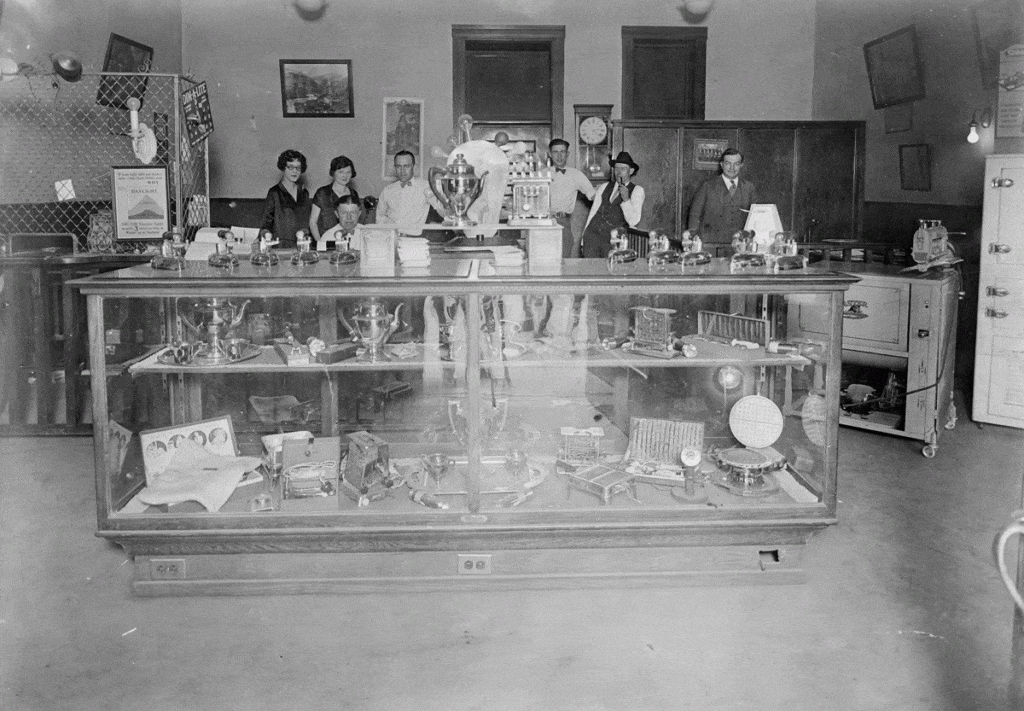It’s no secret that mining was a dangerous occupation. Risk factors included “miner’s consumption” (silicosis), lung damage caused by breathing in the fine dust released into the air when drilling into rock face. Accidents in the lifts or cave-ins in tunnels also posed an ever-present danger to underground workers. There are stories of runaway ore cars, falling rocks, and mistimed explosions, including the accident at the Daly West mine that killed thirty-four in 1902.
But mining was not the only occupation that proved hazardous around the turn of the century. And sometimes, complications such as infection or hemorrhage arising from the treatment of occupational injuries caused just as many problems as the initial injuries themselves.
In 1903, Phil Knelling worked for the Union Pacific as a fireman, stoking train engines. He badly mangled his hand when he fell onto the tracks in front of a moving train while checking the switch. “His coolness and extraordinary nerve” in managing to keep the rest of his body off the tracks as the train came to a stop thirty feet later, dragging him along with it, saved his life. His hand was amputated at the wrist.
In February 1925, F.J. McCluskey, a foreman with Utah Power and Light, broke both bones in his left leg when a cart of poles he’d been unloading fell on him. While local doctors initially treated him simply by setting the bones, infection set in a day later. He was taken to Salt Lake City where his leg was amputated at the hip. His condition after the procedure worsened, probably due to blood loss and shock, and the doctors assumed he would not survive. His prognosis took a turn for the better a few days later and he recovered. He returned to work in May 1925 and was married later that year.

Credit: Park City Historical Society and Museum, Margaret Mawhinney Collection
Local blacksmith Byron Hartwell, too, suffered the misfortune of amputation. Hartwell’s accident occurred on account a horse. In 1913, his toes were crushed when the spooked animal, which likely weighed 1,000 pounds or more, stepped on his foot. He handled it with humor, joking that he “had too many toes anyway.”
Hartwell was unlucky enough to face yet another medical complication seven years later when he broke his hip. He got treatment at Holy Cross hospital in Salt Lake, where doctors “nailed the two broken pieces of bone together with a common, eight penny wire nail.” There was a problem, however, as “the nail did not follow the angle it should have done but came out too quick,” something unfortunately left undiscovered for weeks. When a check-up X-ray revealed the problem, doctors ordered another surgery. Hartwell related the unpleasant experience with a touch of humor once more: “When I got over the effects of the ether, I was like Kipling’s description of a woman, ‘A rag and a bone and a hank of hair,’ but minus the hair.”
Despite the dangers and complications, sometimes amputation was the only option to save a life.